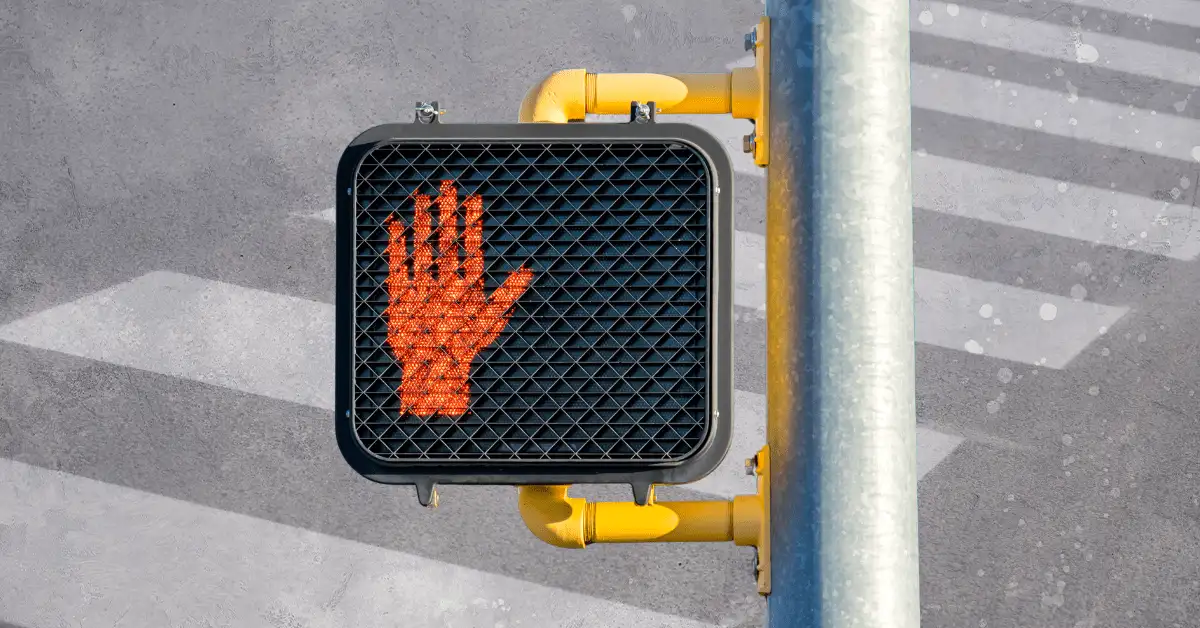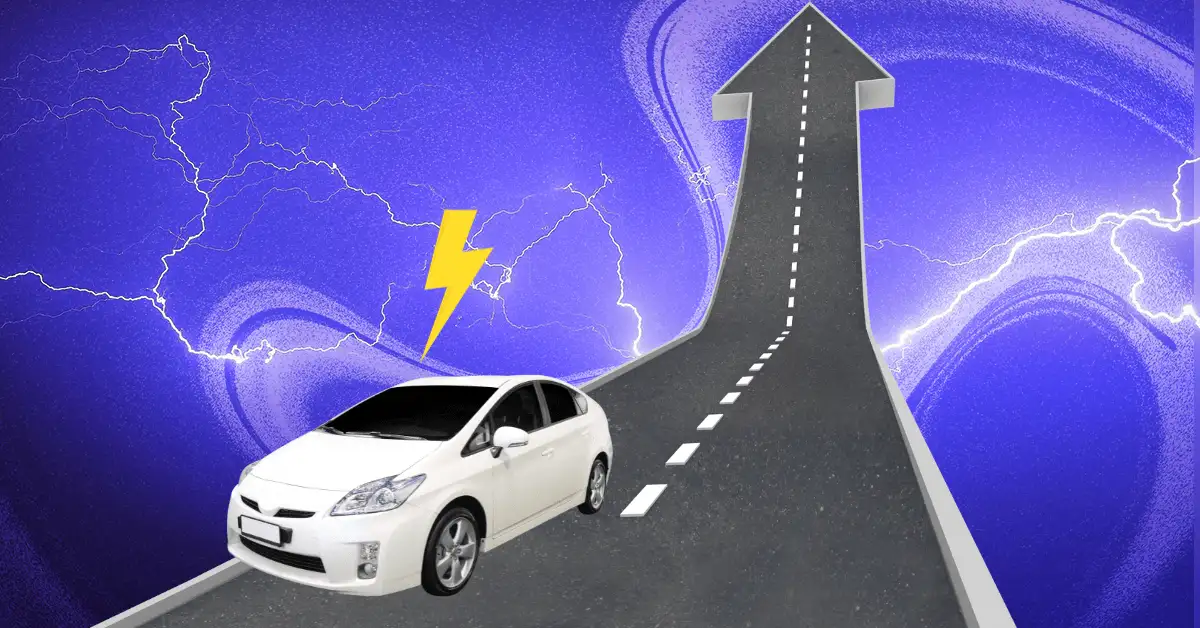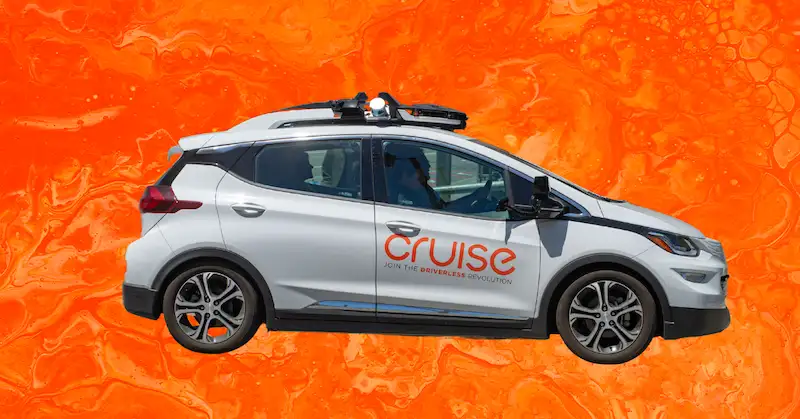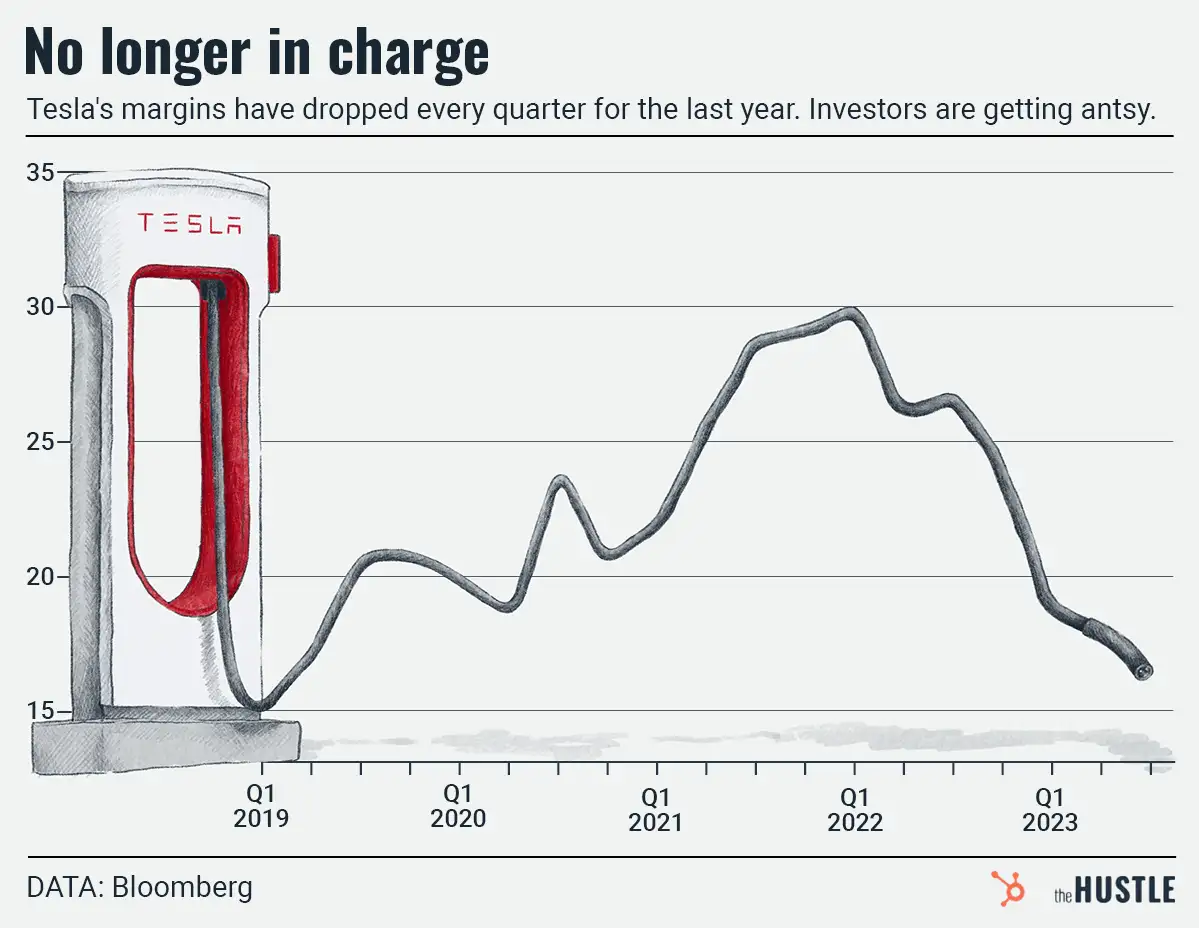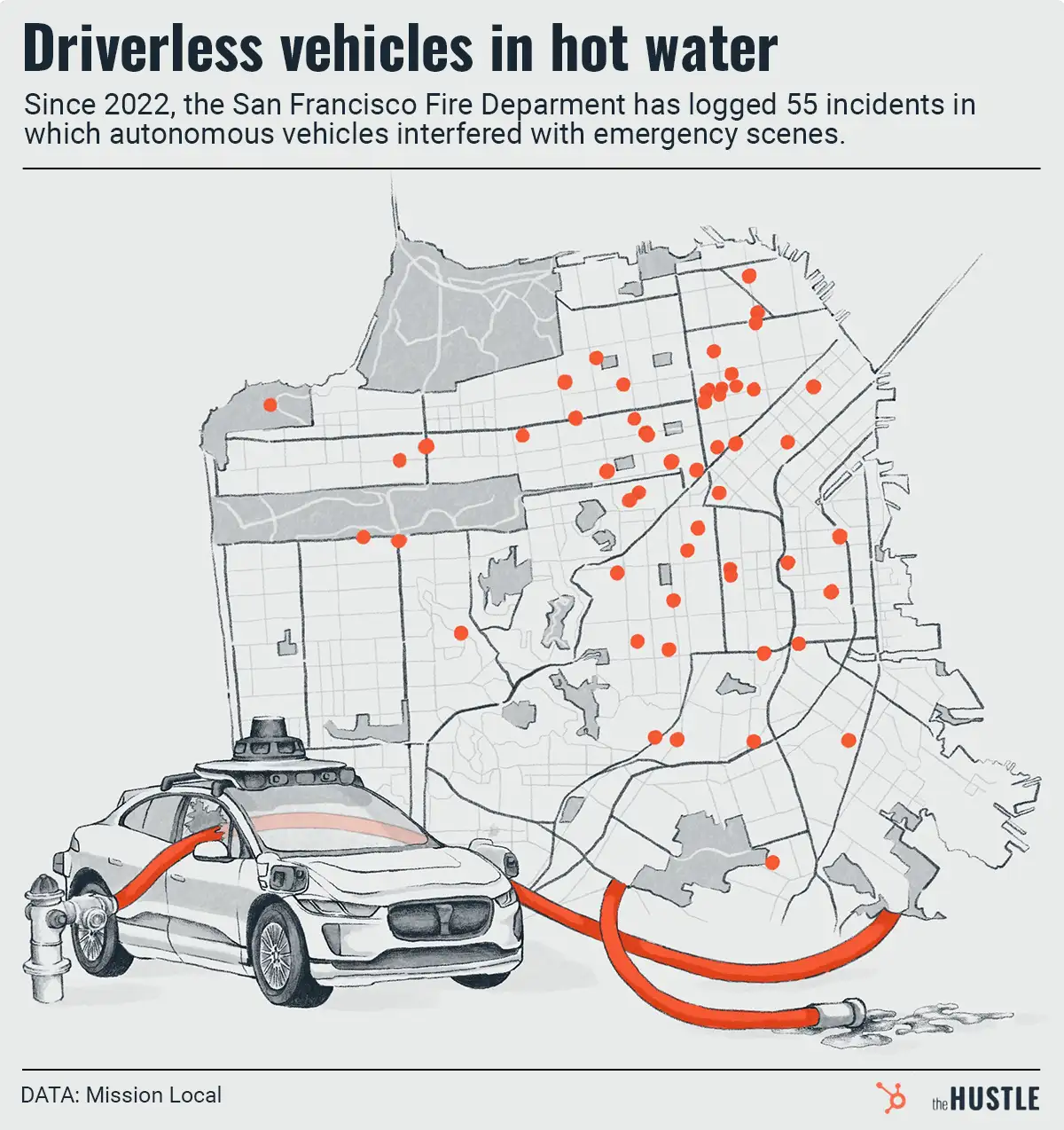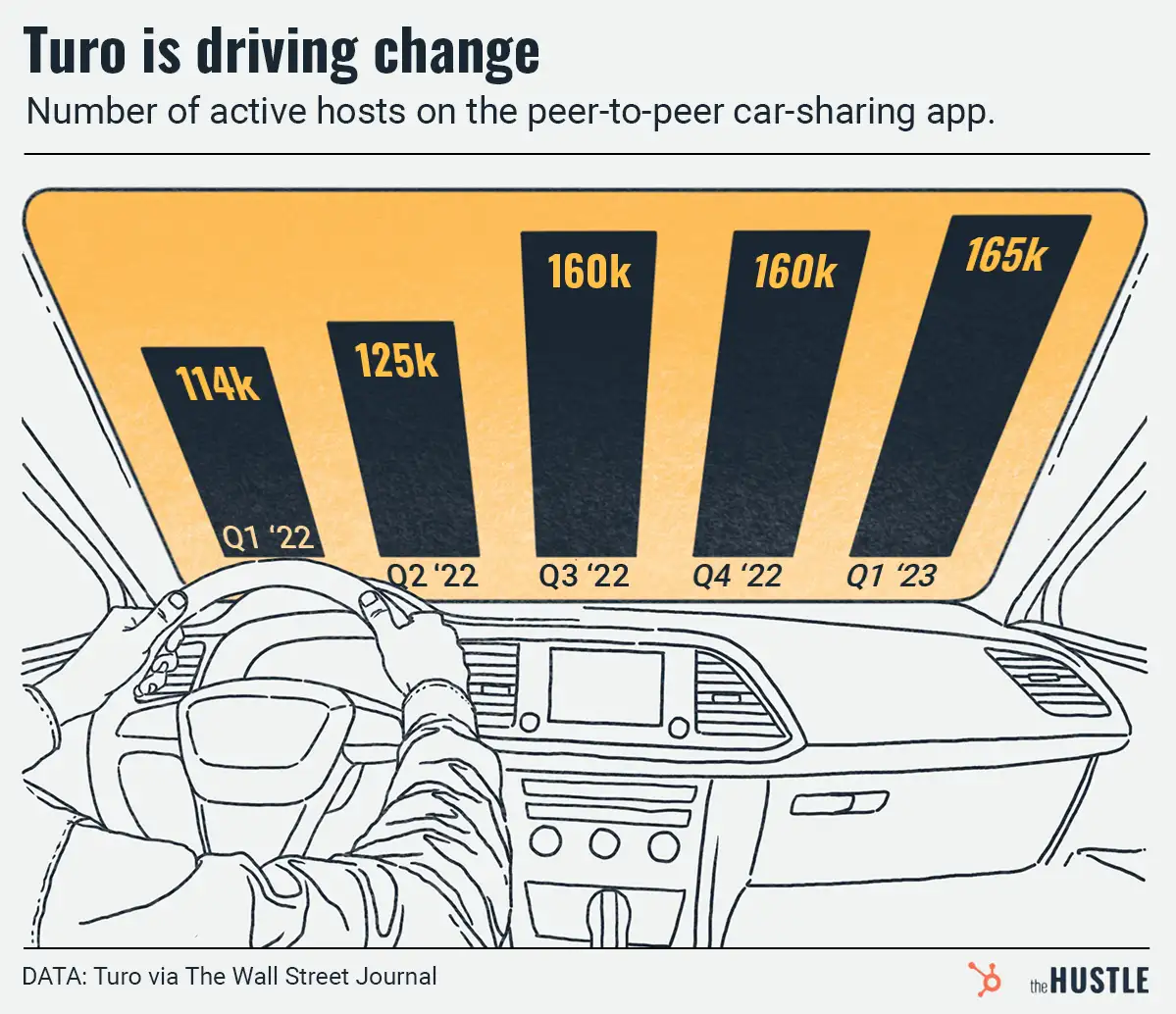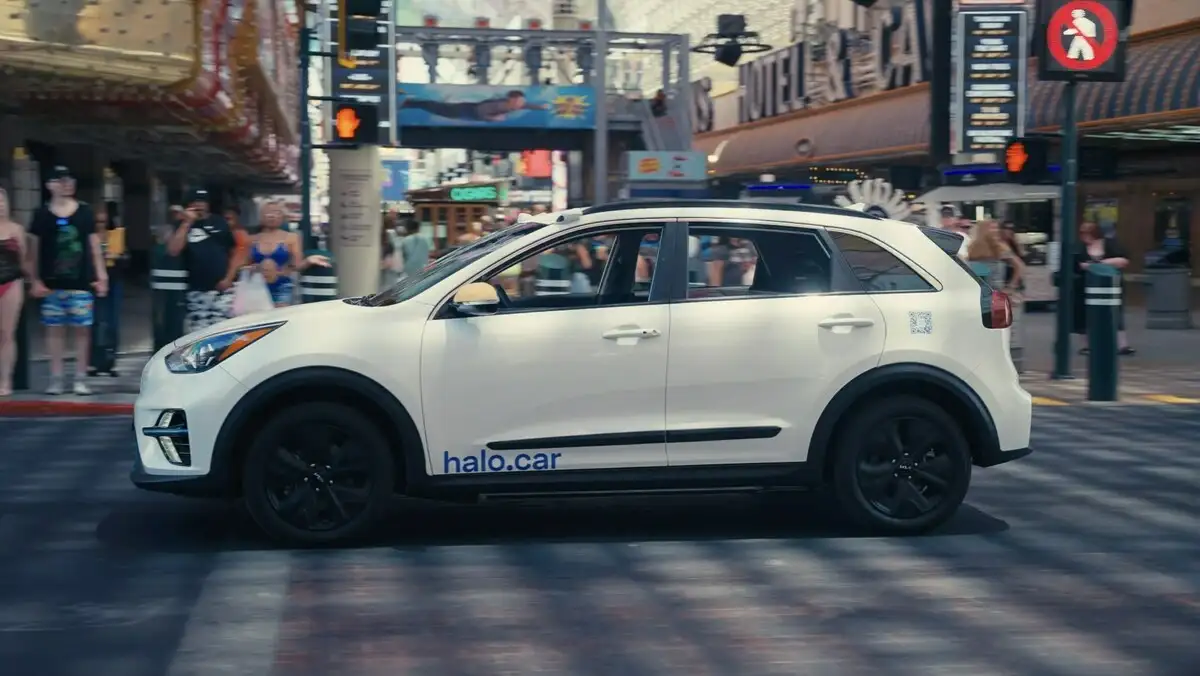You’re going to hear a lot about Alef Aeronautics over the next few years.
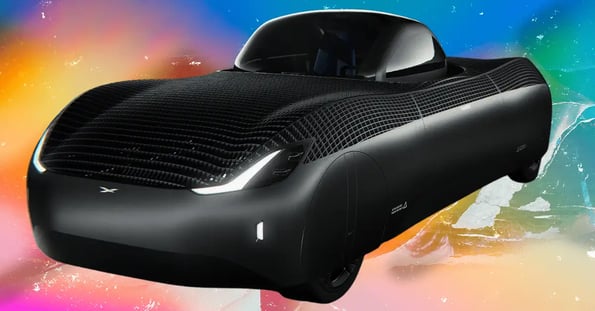
The Bay Area startup hopes that’ll take the form of breathless headlines about “The Jetsons” come to life, marking steady progress toward its ultimate goal: building and selling the world’s first flying car.
We’ll be happy with anything that doesn’t involve the words “accident” or “collision.”
What’s new with Alef?
Eight years into its development, Alef has had a momentous summer, per the San Francisco Chronicle:
- It has banked $750m+ in preorders for its ~$300k flying cars. (Customers can make a $150 deposit today — or $1.5k for a better spot in line.)
- In June, Alef logged a landmark in flying-car history, gaining Federal Aviation Administration approval to run flight tests in limited locations.
- The company anticipates a public demonstration by year’s end.
What you’ll see
Alef’s vehicle is fully electric, can fly 110 miles on one charge, and — with apologies to designer Hirash Razaghi, of Bugatti and Jaguar fame — looks like a giant wireless mouse born of Logitech’s wildest dreams.
One big differentiator from other flying vehicles in development: Alef’s Model A doesn’t need to be airborne to get around — it can operate on most roads (limited to ~25 mph) and fit into standard parking spots.
It has two seats, four motors, and achieves vertical liftoff through its eight propellers and retractable mesh wings.
What’s next?
Alef plans to start selling cars in 2025, but some big questions will need answering first:
- Will a regular driver’s license suffice to operate one?
- Will cities allow them? And with what rules governing their aerial roadways?
- How many times will Alef need to confirm that, yes, each car has a parachute for emergency landings before we get in one?


